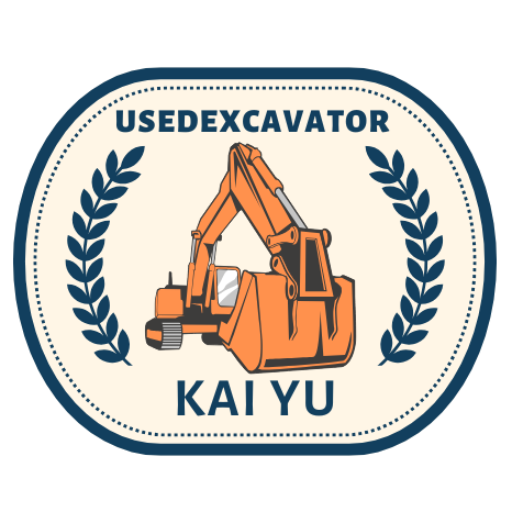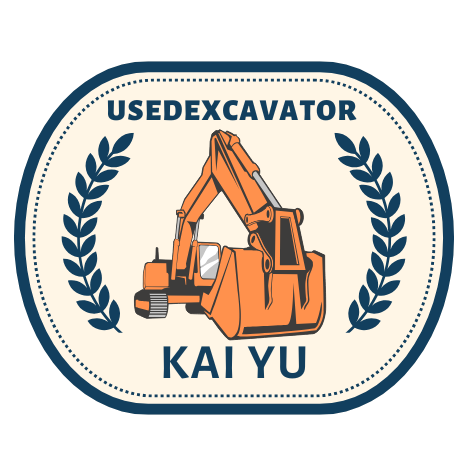When you’re in the market for used excavators, one of the most important factors to consider is its digging depth. Whether you’re working on a small landscaping job, a residential construction project, or a tight urban space, knowing the digging capabilities of your equipment can help you choose the right machine for the task at hand.
But what exactly is the “digging depth” of a mini excavator, and how does it impact your project? Let’s break down this crucial aspect and help you understand what to look for in a used excavator for sale.
Table of Contents
What is Digging Depth?
Digging depth refers to the maximum depth an excavator’s bucket can reach when the arm is fully extended and lowered to the ground. This measurement is important because it tells you how deep the machine can dig into the earth, which is crucial for tasks like trenching, foundation work, and even landscaping.
For mini excavators, digging depth is typically measured from the ground level to the bottom of the bucket when the boom is fully extended and at the lowest point of the swing. Different models and brands may offer varying depths, so understanding the specific capabilities of the used mini excavator you’re considering will help you ensure that it suits your needs.
Average Digging Depths of Used Mini Excavators
The digging depth of mini excavators can vary depending on the model and manufacturer, but most used mini excavators for sale generally offer digging depths ranging from 6 feet to 13 feet. Let’s break down what you can expect:
- Mini Excavators with 6-8 Feet Digging Depth: These smaller models are perfect for light-duty tasks. You’ll often find used mini excavators in this range that are ideal for small residential jobs, like landscaping, trenching for irrigation, or digging small foundations. If your project doesn’t require deep digging, a mini excavator with a 6-8 foot digging depth will do just fine.
- Mini Excavators with 8-10 Feet Digging Depth: If you need a bit more power and reach, you may want to look for used mini excavators that offer digging depths in the 8-10 feet range. These are commonly used for medium-duty tasks, such as installing utilities or digging foundations for small to mid-sized buildings. Many used mini excavators in this range strike a good balance between compact size and deep digging capabilities.
- Mini Excavators with 10-13 Feet Digging Depth: For more serious work, such as larger trenching jobs or digging deeper foundations, a used mini excavator with a 10-13 foot digging depth may be necessary. While they are still considered “mini” in the world of excavators, these machines provide the power and reach needed for tasks that require greater digging depth. Used mini excavators with this digging capacity are great for contractors working on larger residential or commercial projects.
Factors Affecting Digging Depth
While the digging depth is an important specification, there are other factors to consider that can impact the performance of the used mini excavator:
- Arm Length: The length of the excavator’s arm plays a big role in determining how far the bucket can reach down into the ground. Longer arms typically offer deeper digging capabilities, so you may come across a used mini excavator for sale with a longer arm that can reach greater depths.
- Bucket Type and Size: The type of bucket attached to the excavator will also affect the digging depth. Larger or specialized buckets may limit the machine’s digging depth, while narrower or more compact buckets might allow for deeper digging. Make sure the bucket size matches the task you need to accomplish.
- Operating Weight: The weight of the mini excavator also influences its ability to dig deep. Heavier machines are generally more stable and can handle deeper digging tasks, while lighter mini excavators may be better suited for smaller, less intense jobs.
- Hydraulic System: The hydraulic system in the mini excavator determines how much force the arm can exert. Stronger hydraulic systems allow the arm to push deeper into the ground, making deeper digging possible.
Why Digging Depth Matters
The digging depth of a used mini excavator directly impacts how well the machine can perform certain tasks. Here are some key reasons why understanding this factor is essential:
- Job Efficiency: If you need to dig a trench for pipes or cables, having a mini excavator with the appropriate digging depth means you won’t waste time or resources. You’ll be able to get the job done faster and more effectively.
- Safety and Stability: Understanding your used excavator’s digging limits helps prevent overextending the machine, which could result in unsafe conditions or equipment damage.
- Cost-Effectiveness: By knowing the exact depth you need for your project, you can choose a used mini excavator that fits your requirements without paying for unnecessary capabilities.
Choosing the Right Used Mini Excavator for Your Needs
When shopping for a used mini excavator, it’s important to consider your project’s specific requirements. The right digging depth depends on what you need to accomplish, and a little research will help you find the best match.
- Small Landscaping Jobs: If you’re looking to do basic landscaping or garden work, a used mini excavator for sale with a digging depth of 6-8 feet will likely be sufficient.
- Residential Construction: For tasks like foundation digging, trenching for utilities, or excavation for pools, you’ll probably need a used mini excavator with a depth closer to 8-10 feet.
- Commercial or Larger Projects: For deeper digging or heavier-duty tasks, look for used mini excavators for sale with digging depths of 10-13 feet.
Conclusion: Finding the Right Fit
The digging depth of a used mini excavator is a key factor in determining whether it will meet the needs of your project. By understanding your specific requirements and knowing what’s available in the market, you can find a machine that’s both effective and cost-efficient.
So whether you’re buying your first used excavator or upgrading to a more capable machine, always make sure to factor in the digging depth to ensure you make the best decision for your worksite. Happy digging!


